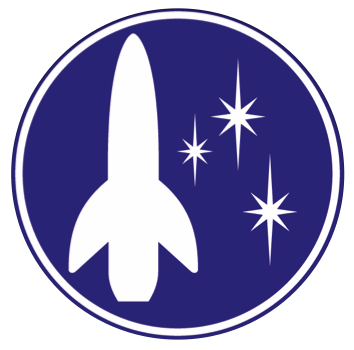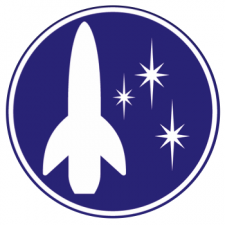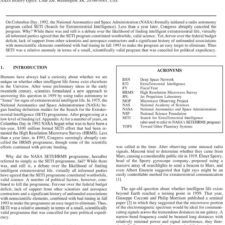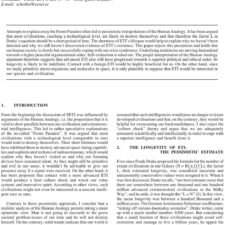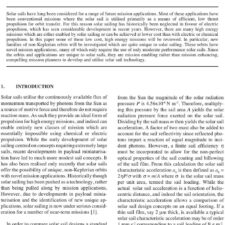Galactic Crossing Times for Robotic Probes Driven by Inertial Confinement Fusion Propulsion
£5.00
Kelvin F. Long, (2022), JBIS, 75, pp. 258-282
Refcode: 2022.75. 258
DOI: n/a
Abstract:
In the future it is possible that spacecraft may be constructed that can travel to the nearby stars and beyond to the wider galaxy. The speed of those spacecraft will depend on the type of reaction engine adopted for the mission. This work considers the transport of replicating robotic probes across the galaxy driven by Inertial Confinement Fusion propulsion (ICF) engines. This includes an examination of a range of possible wave speeds with the addition of stopping time for material mining acquisition and self-replication. The work also discusses reducing cruise velocity for probe random walk pathways as a function of percentage performance degradation with each n generation where the distance attained per crossing is proportional to the square root of n. For probes in the engine pulse frequency range of ~100-1,000 Hz it is found that galactic crossing times of order ~1-4 million years may be feasible depending on the average cruise speed of the spacecraft over the range 0.05-0.15c. This will require a total of 20,000-40,000 separate individual probes or star hops to accomplish the full crossing of the galactic diameter. Dispersal calculations are also performed for both exponential population growth and exponential population decay of robotic probes. Some implications for the Fermi paradox are discussed as a spatial-temporal variance model. It is then estimated that for robotic probes a galactic crossing may be possible in ~1-2 million years through the galactic disc, or may be as low as ~0.5-1 million years assuming a central starting position of the probe population since it is a spherical dispersal wave, or assuming multiple seed populations of probes. It is argued that an exploration strategy of this form may have a high dependence on the ability of the probe to maintain its design specification and performance and may exhibit pathway dissipation and random walk along the trajectory. Finally, we give a brief discussion on search strategies for the detection of robotic probes. It is concluded that such probes are likely already here within the vicinity of our solar system despite the limited performance constraint of using ICF propulsion technology. In addition, probability favours that they would likely originate from a star system of less than ~200 ly distance from Sol which is suggestive of search priorities for their detection.
Keywords: Interstellar studies, Fusion Propulsion, von Neumann probes, Fermi paradox
